Primary mirror cell for Daniel K. Inouye Solar Telescope (DKIST)
The Daniel K. Inouye Solar Telescope (DKIST) is the world’s next largest solar telescope. It was constructed by AURA, the Association of Universities for Research in Astronomy on top of the Haleakala mountain on the Maui island in Hawaii, and started its operations in 2019.
With a primary mirror of 4.2 m in diameter, DKIST – formerly called Advanced Technology Solar Telescope (ATST) – will dwarf by its size previous solar telescopes. It is packed with complex technologies in order to capture very detailed images of the sun’s constantly-changing surface with a resolution twice better than former solar observatories. It is an off-axis telescope, equipped with an active and thermally-controlled primary mirror and adaptive optics.
AMOS was contracted the design and manufacturing of the primary mirror cell. The cell is an active cell carrying a thin mirror: 10cm thick for a diameter of 4.2m. It uses 142 hydraulic and pneumatic actuators to keep the mirror in the proper shape. More challenging was the thermal control of the heat, as the mirror is directly exposed to solar radiation. The cell has thus to keep the mirror at ambient temperature and avoid any thermal gradient across the mirror.
A key element of the telescope, the primary mirror cell has been completely designed and manufactured by AMOS in Belgium. It consists in a 9-ton high-precision electro-mechanical subsystem which guarantees that the 4.2 m primary mirror keeps its exact position and shape in all circumstances, despite continuously changing orientations and temperatures.
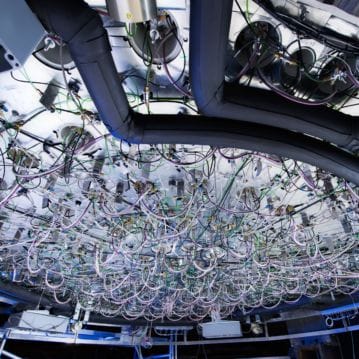
The performances of this system are mind-blowing:
- The 3-ton mirror will be positioned with a precision of a few micrometers, i.e. 40 times better than the thickness of a human hair, in all positions of the constantly moving telescope.
- 142 pneumatic and hydraulic actuators will continuously correct the shape of the thin primary mirror to an accuracy better than 45 nm RMS. As a comparison, if the mirror was the size of the Atlantic Ocean, the perfectness of the surface would be equivalent to removing all waves higher than a few centimeters.
- The temperature uniformity will be controlled within half a degree Celsius, from early morning to late evening, including at noon when the mirror is fully exposed to the sun heat.
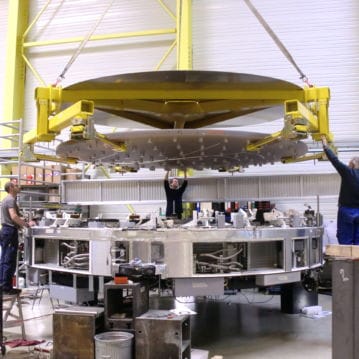

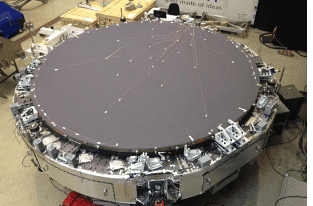
After a successful Factory Acceptance Test in January 2017, AURA formally accepted the mirror cell and its handling equipment in the AMOS facilities, and authorized their shipment to Hawaii where they arrived at the end of June 2017. The cell is now integrated and tested in the telescope.
 info@amos.be
info@amos.be
 +32 4 361 40 40
+32 4 361 40 40
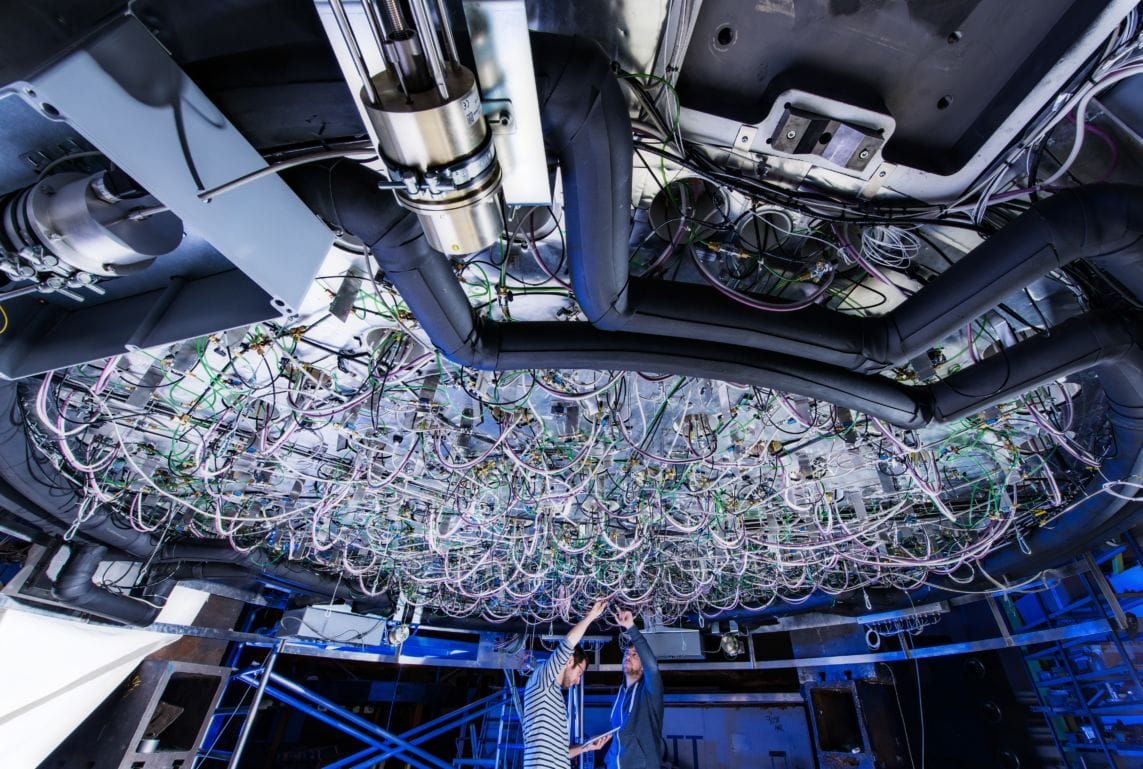
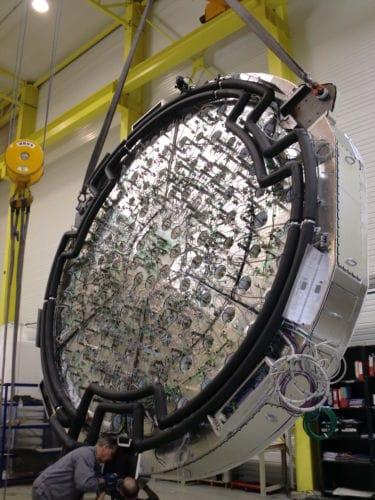

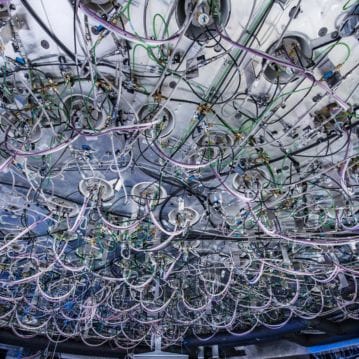
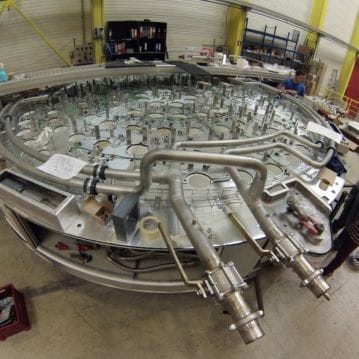

 see all
Projects
see all
Projects